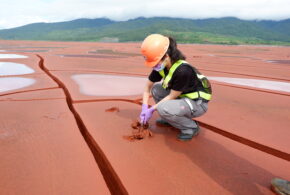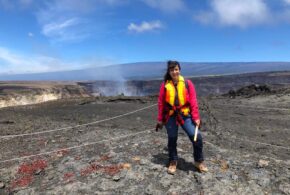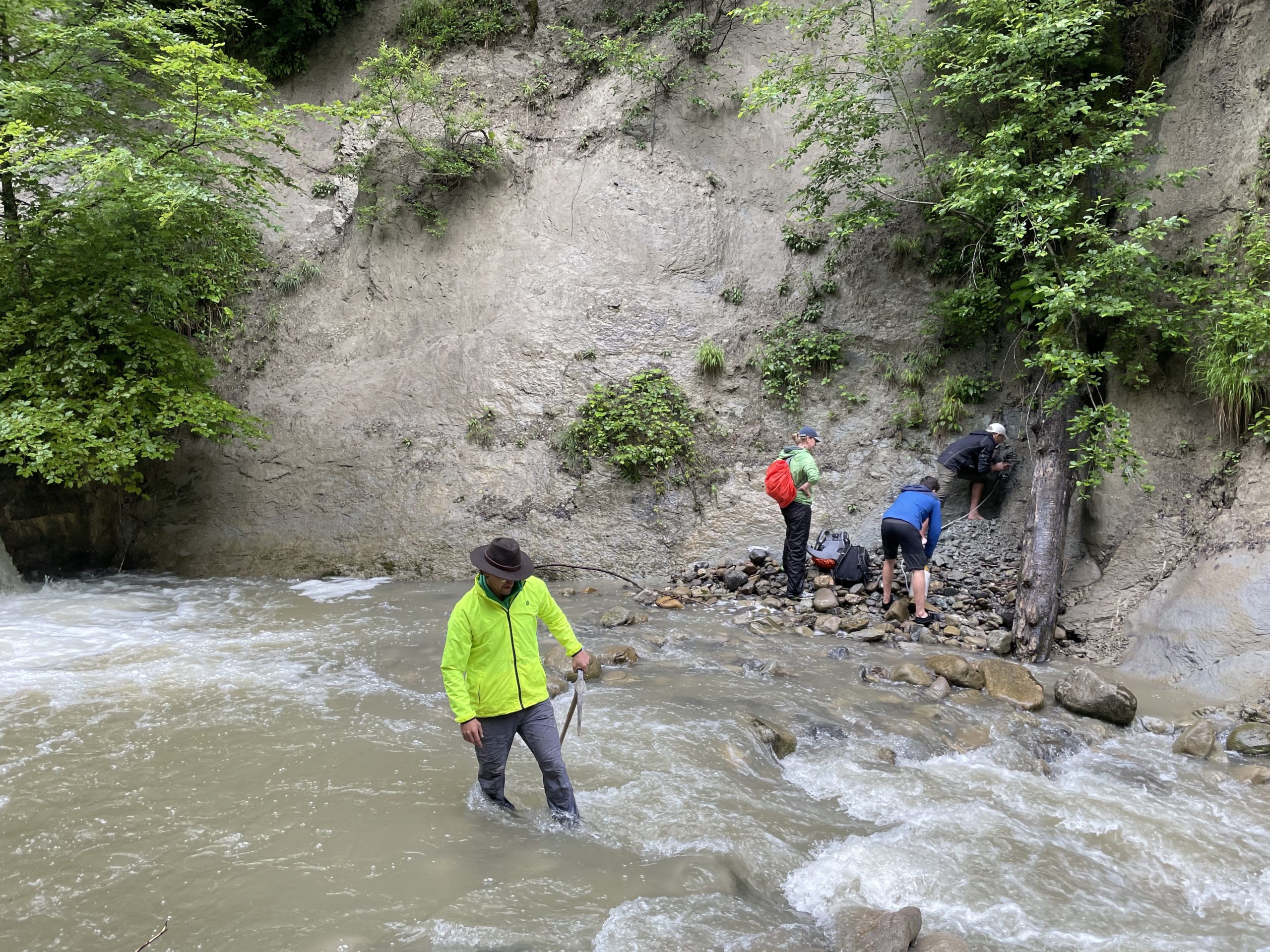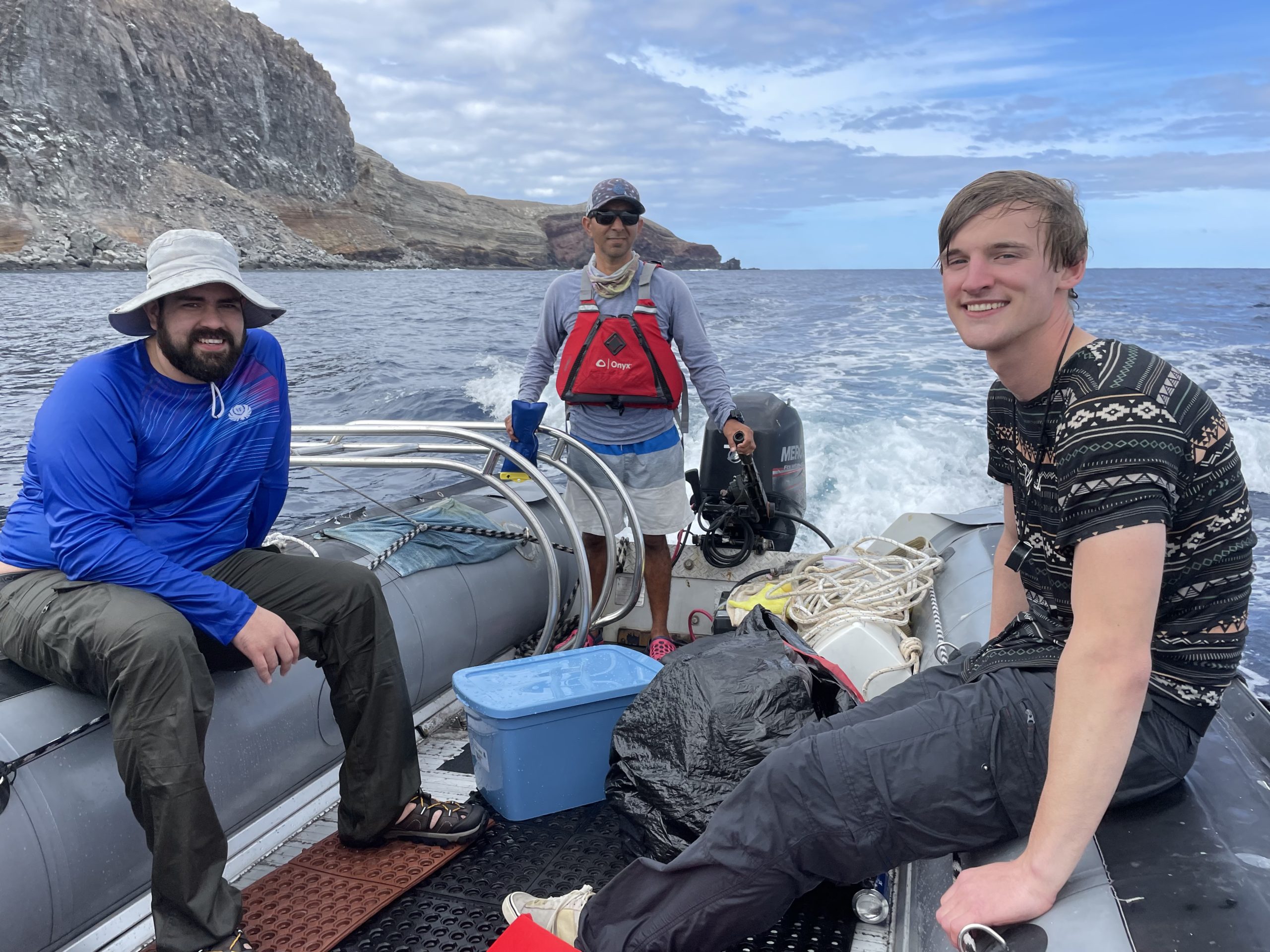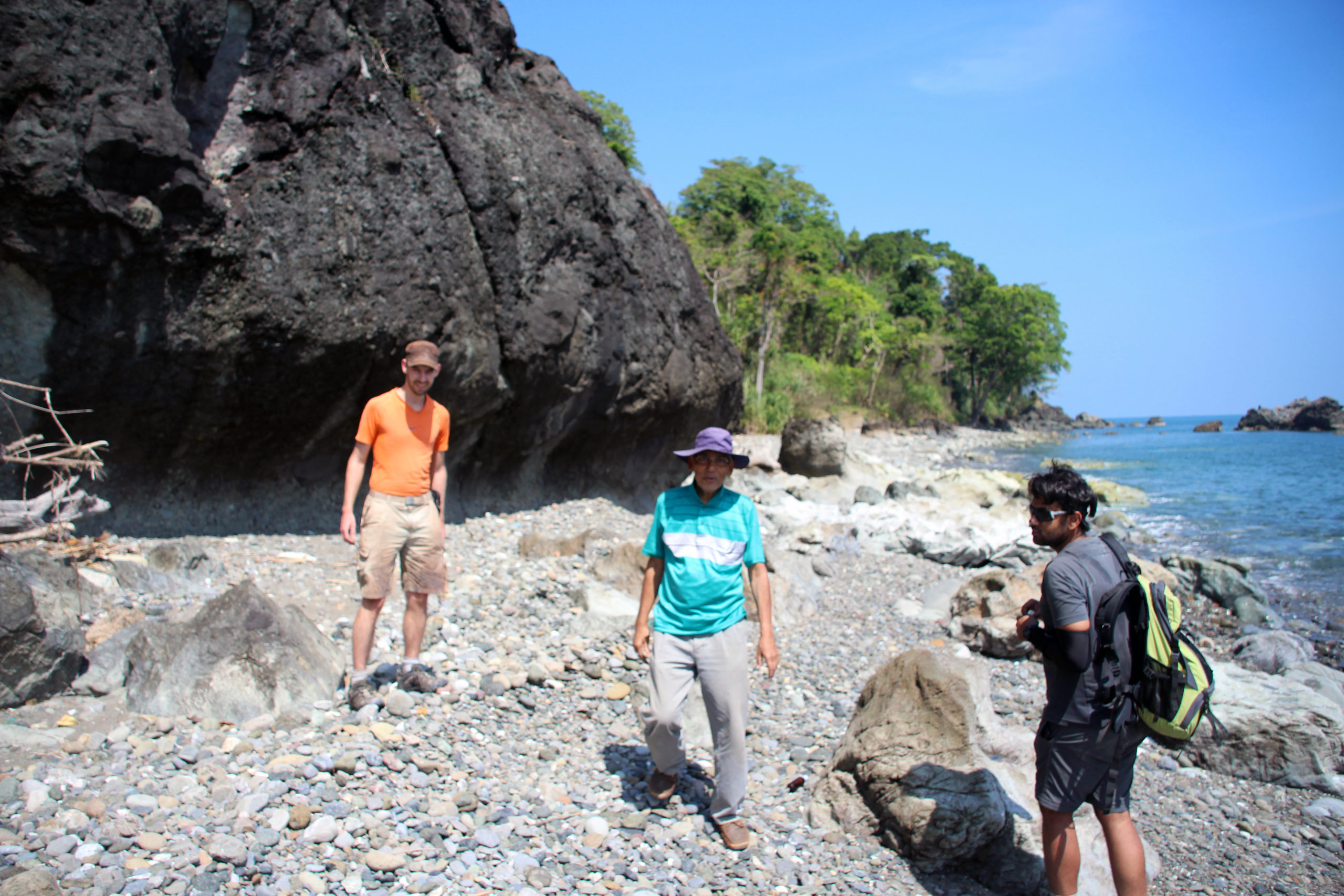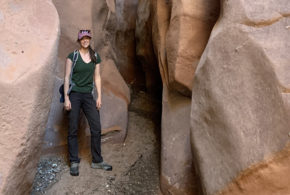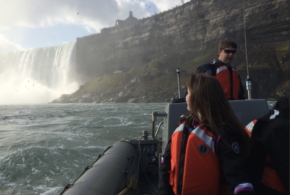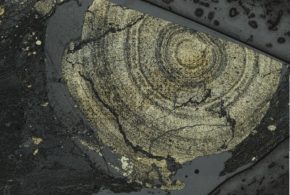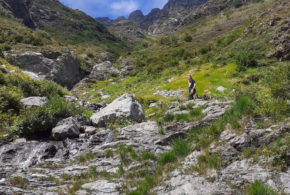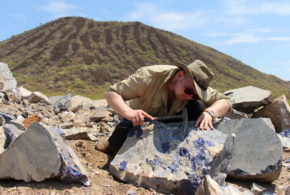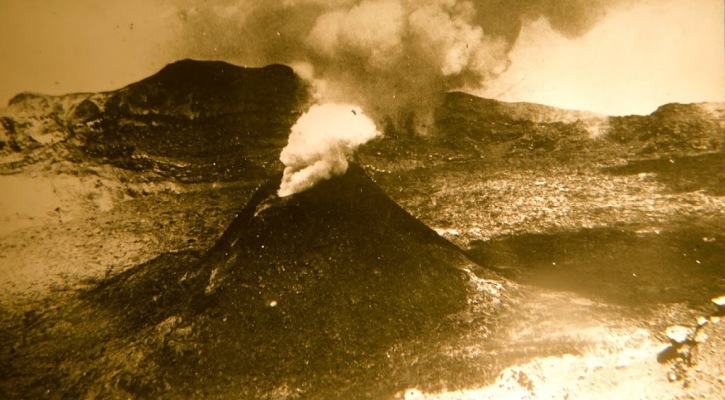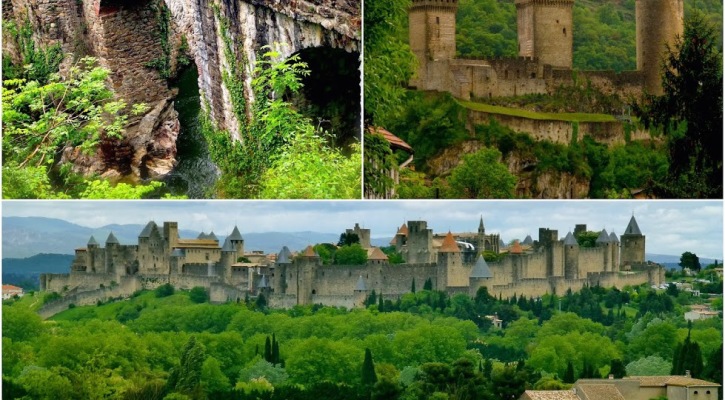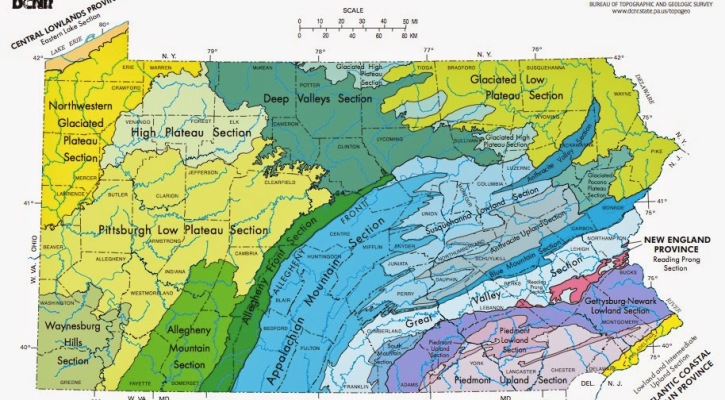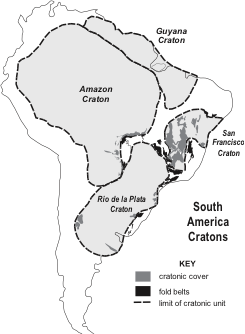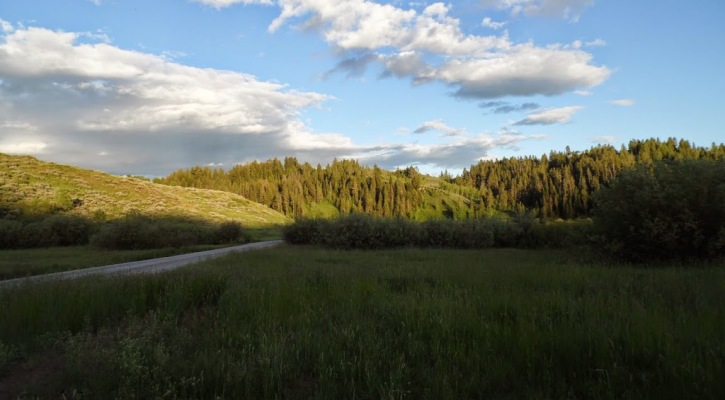Several years ago, I had the opportunity to visit Pompeii and Vesuvius as part of a tour of the volcanoes of the Tyrrhenian Sea (here). Looking back through these photos, I am still amazed at the level of destruction of the cities of Pompeii and Herculaneum, and yet the immense force of destruction also provided […]
The Eastern French and Spanish Pyrenees
A few weeks ago, I took a pseudo-holiday with the family to the eastern Pyrenees. The Pyrenees offers many (if not most) of the features seen in large collisional orogenies (e.g. Alps and Himalaya) but on a much smaller scale. Because of this, much of our understanding of orogenic basins and reactivated orogenic basement come […]
Pennsylvania Coal Country: Bear Valley Mine and Centralia
by Kellen Gunderson The 19th century industrial revolution was powered by coal. In the United States most of that coal came from a region in Northeastern Pennsylvania called the anthracite coal belt. Coal was first discovered there in the late 18th century and commercial coal mining began in the early 19th century with the formation […]
The Dawn of Biodiversity in the Serra da Bodoquena-Pantanal area – Brazil
Paulo César Boggiani – Geoscience Institute, São Paulo University see Paulo’s website here South American cratons and Neoproterozoic cover and fold belts (after Misi et al. 2007). One of the most puzzling questions in the geological record is the cause of the major Cambrian diversification of the animals, the so-called “Cambrian Explosion”. Some ideas […]
Robison Bonebed, Idaho with LJ Krumenacker
LJ Krumenacker is a PhD student at Montana State University. LJ’s work was highlighted on several news agency’s. See phys.org’s report here. The mid-Cretaceous is a time poorly represented in the terrestrial fossil record of North America. While paleontologists are getting a better understanding of this interval in North America, most of this information […]

